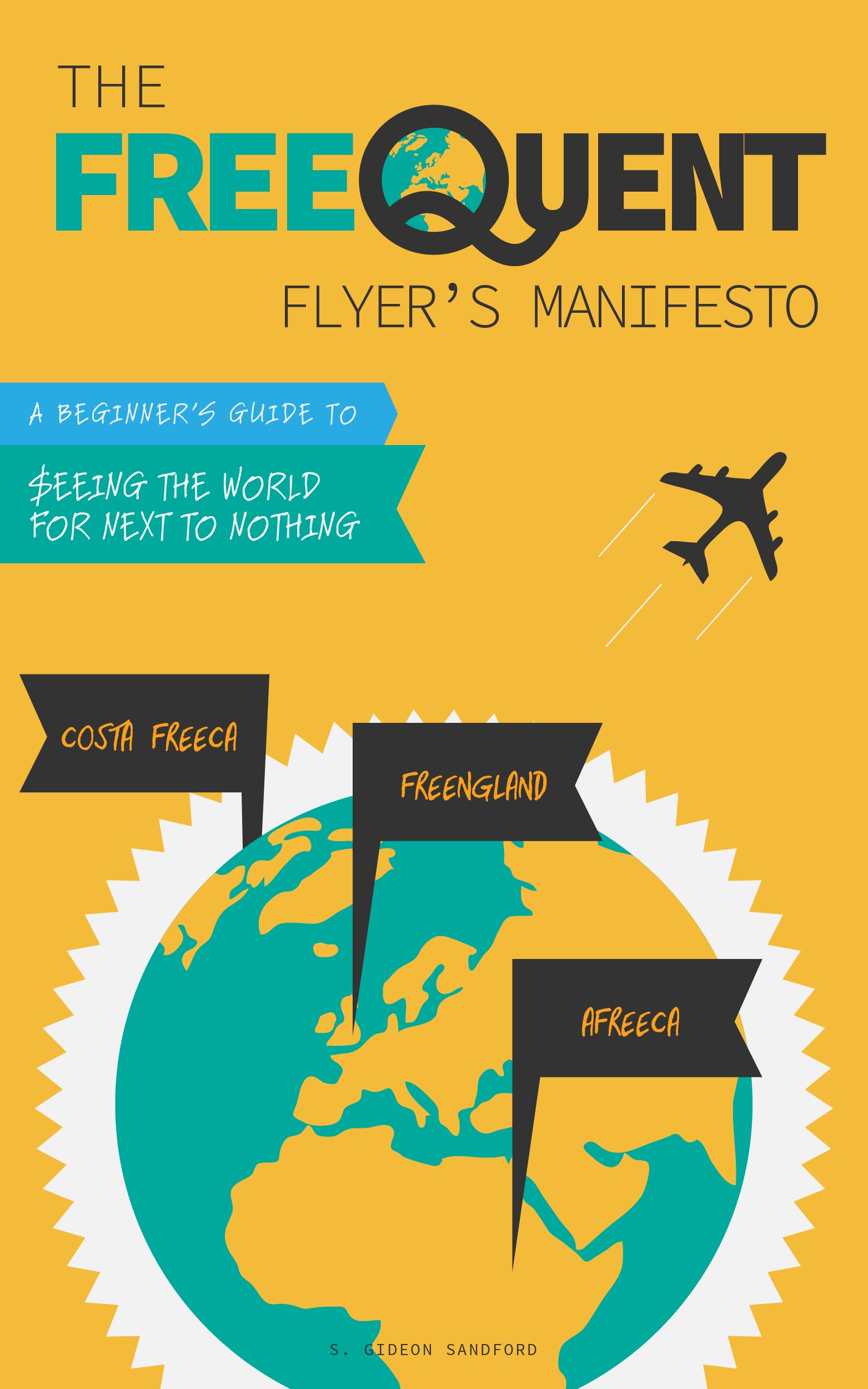Am I mainly a domestic traveler? Does it matter?
/The idea for this post came to me last weekend when a reader I met in DC suggested that I'm "mainly a domestic traveler," in contrast to his own travel style as an international business class traveler.
This exchange happened to resonate with me since I remembered a post Matt at Saverocity wrote last year which claimed I tend "to fly on these domestic tickets a lot, leveraging super sweet spots with the Flexperks and other programs," while he "see[s] little of [me] flying internationally."
I was a bit surprised by both claims, since I think of myself as doing a lot of international travel.
So, am I mainly a domestic traveler? What does or would that mean?
My 2015 travel was mainly domestic
In 2015, I spent a total of 81 days wholly or partially traveling, only 11 days of which were spent traveling internationally, on my Italian caper.
That produces a fairly low 14% of travel days spent on international travel, which suggests I may, indeed, be primarily a domestic traveler.
My 2016 travel (so far) is mostly international
The travel I've booked so far in 2016 is much more evenly split: of the 35 days I've either traveled or have booked for 2016, 18 of them are international, on my upcoming summer vacation in Europe, while 17 are domestic, including my January trip to New York and March trip to San Francisco and my upcoming trip to Lexington, Kentucky.
That being said, I'm sure my travel in the second half of 2016 will bring the ratio of domestic versus international travel days up substantially.
Folks should do whichever kind of travel interests them most
I have a buddy in the venture capital space who once explained to me that when a venture capitalist invests, he or she doesn't buy a portion of the existing company, they buy a portion of the company as it will exist post-investment.
In other words, the investor isn't buying a share of the scrappy garage-based company, they're buying a share of the company once it moves into its swanky new headquarters in Brooklyn.
People sometimes seem to apply a similar principle to their own travel once they begin travel hacking. They gradually (or suddenly) become less interested in taking the trips they used to take at a fraction of the cost, and become increasingly excited about booking travel that never would have occurred to them before they learned just how cheap travel could become.
Know and remember who you are
There is a vast travel hacking blogosphere intent on selling you on the most comfortable new airline equipment, the longest new routes, and the best new inflight champagne.
If you were jealous and anxious about the airline equipment and inflight service you were missing out on before you started travel hacking, then by all means, use travel hacking as a tool for satisfying your envy, if you think it will help.
But if you were fine traveling in economy before you discovered travel hacking, it's worth thinking long and hard about whether you'd rather take the same trips and pay a fraction of the price, while saving the difference, or pay the same amount and fly in a cabin of service that meant nothing to you before bloggers and forums starting explaining how you haven't lived until you've spent 10 hours in a slightly more comfortable box.
Conclusion
I'm well aware that my readers are an eclectic bunch and I'm not in the position to tell anybody what cabin anybody should be booking their domestic or international travel in, or which currency they should be booking it with.
What I'm interested in is keeping my readers grounded in the real world they actually inhabit, in the face of a blogosphere intent on pumping awards balances as high as possible with credit card applications that don't make a lick of sense in the context of the trips they're actually interested in taking.



